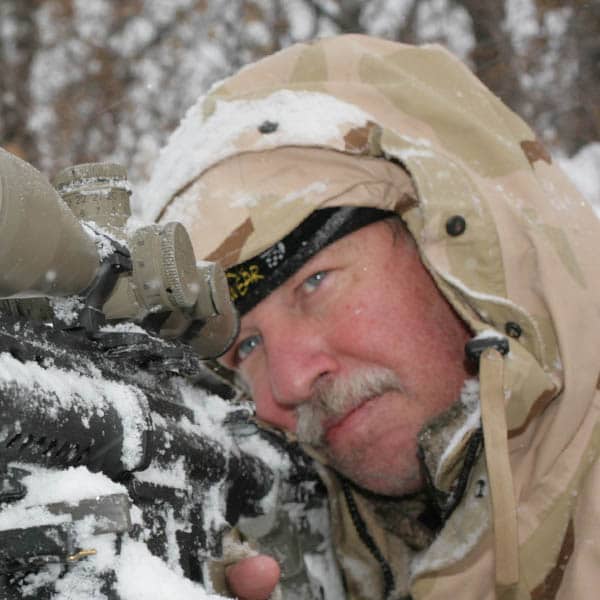Candelas, Lumens and Everything Else — All About Tactical Lights
November 12th, 2022
8 minute read
The confusion began more than 100 years ago with the first battery-powered flashlight patent. It was 1899 and, in a cunning marketing move, the company wisely rushed a donation of the newfangled devices to the New York Police Department. The response was resounding, and not long after law enforcement, the military and law-abiding citizens nationwide were clamoring to own one of the portable “torches.”
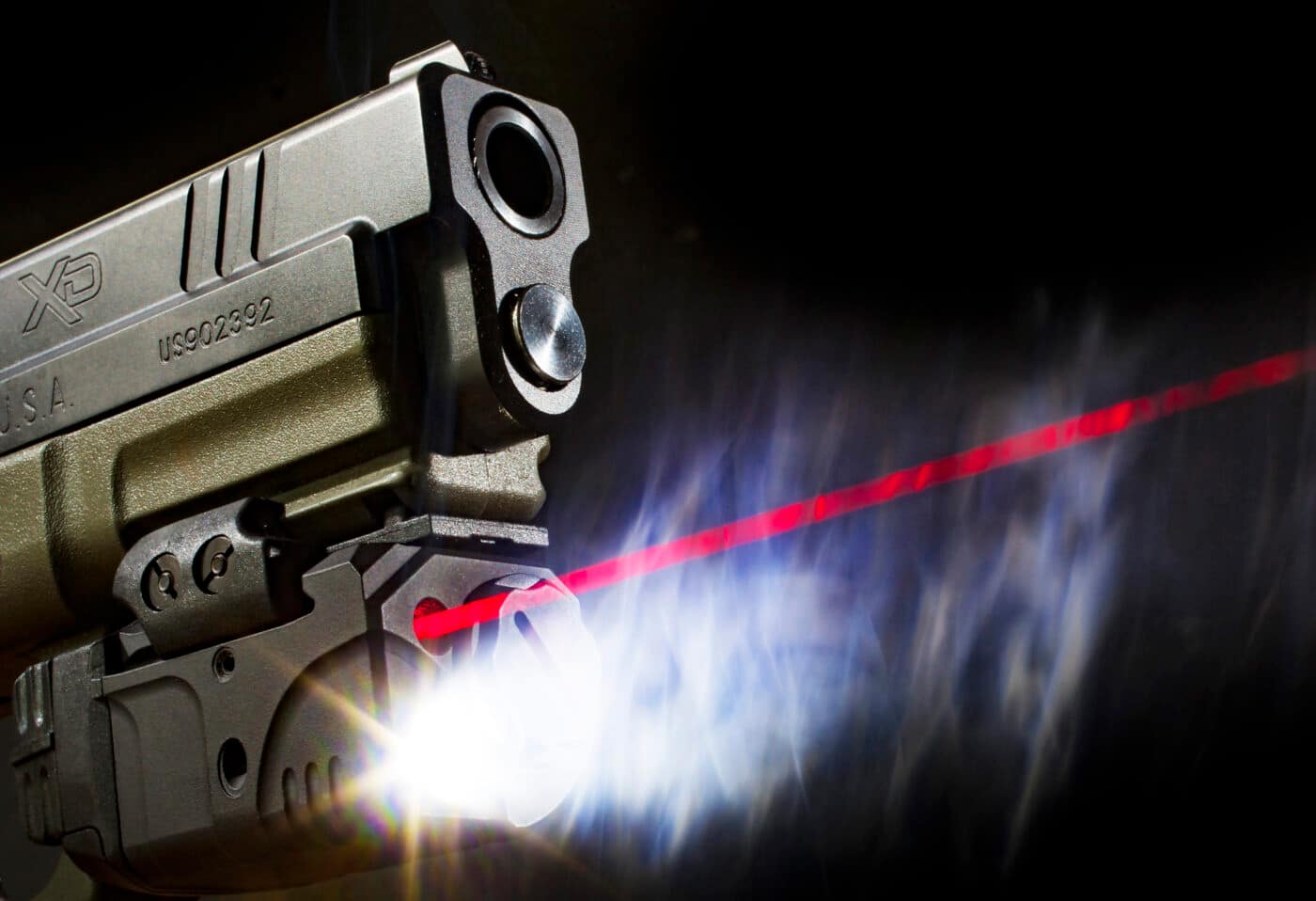
Today’s tactical versions are modern marvels compared to that original, which wore a carbon-filament bulb in a cardboard body and used bulky D cells for power. We’ve entered an efficient light emitting diode (LED) era and bodies are either all metal or space-age polymer, but one thing remains the same. Standing out in the crowded flashlight business requires marketing and the improvements and seemingly shape-shifting terms can make it easier than ever for snake oil salesmen to exaggerate product performance.
The Armory Life caught up with four industry experts recently to get the scoop and learn what gun owners should really weigh before making their next weaponlight or tactical flashlight purchase. The conversations began with total light output and the temptation to go too bright.
Bites on Both Ends
The ability to temporarily blind and stagger a criminal with incredibly bright output is an often-heard claim, but is there such a thing as too much? “Yes, there absolutely is, especially in our world of law enforcement,” explained Michael Hess, vice president of Armament Systems & Procedures (ASP) — one of the foremost suppliers of law enforcement gear in the United States. “…in indoor environments, high-output lights produce backsplash against walls and other reflective or semi-reflective surfaces. This can actually reduce the amount that the user can see — the opposite of what a flashlight is for. Needless to say, for a police officer or anyone else in a potentially hazardous environment, being blinded by one’s own flashlight can be really bad news.”
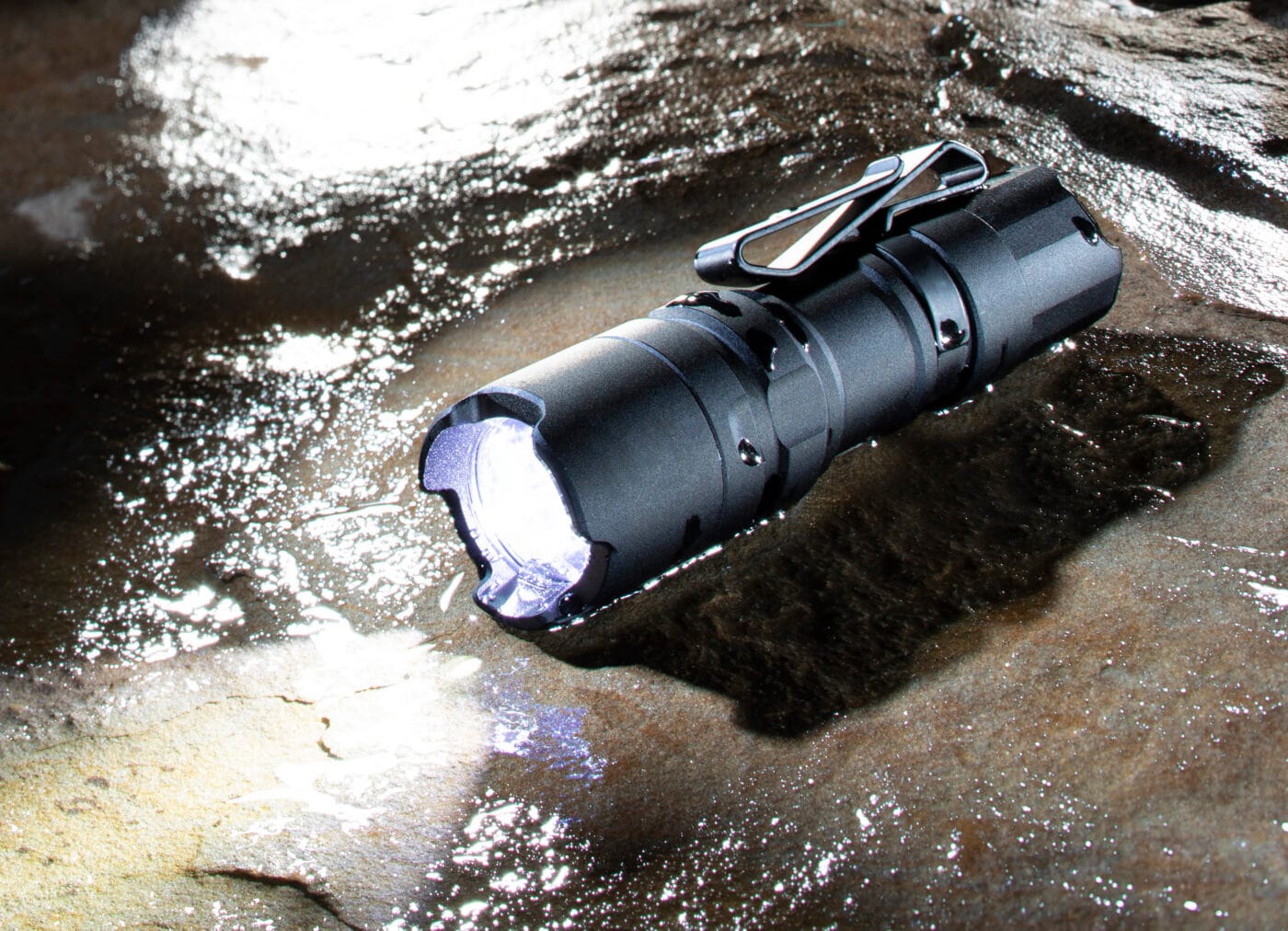
Andy Skoogman, executive director of the Portable Lights American Trade Organization (PLATO) agrees. “A common problem in the wider consumer market today is too much output,” he said. “If the target is within one to three meters and has any degree of reflectivity, shining a 500-lumen light at it will cause so much light to be reflected back towards the user that their eyes will adjust, making it difficult to resolve details within the target area.” PLATO, a non-profit composed of some of the America’s foremost companies in the industry, was founded in 2010 and helps establish, maintain and publishing voluntary standards.
Tim Taylor, Streamlight law enforcement/sporting goods division director agrees, but offers a solution for current owners of high-power, handheld tactical lights. “By using such tactics as bouncing the light off of a ceiling or floor, or using the periphery of the beam instead of its center, users can adapt lights to varying situations,” he advised. “Many users prefer to err on the side of too bright rather than not bright enough, as it’s more difficult to adapt to an underpowered light in a situation. Ultimately, it’s better to have any flashlight versus none at all.”
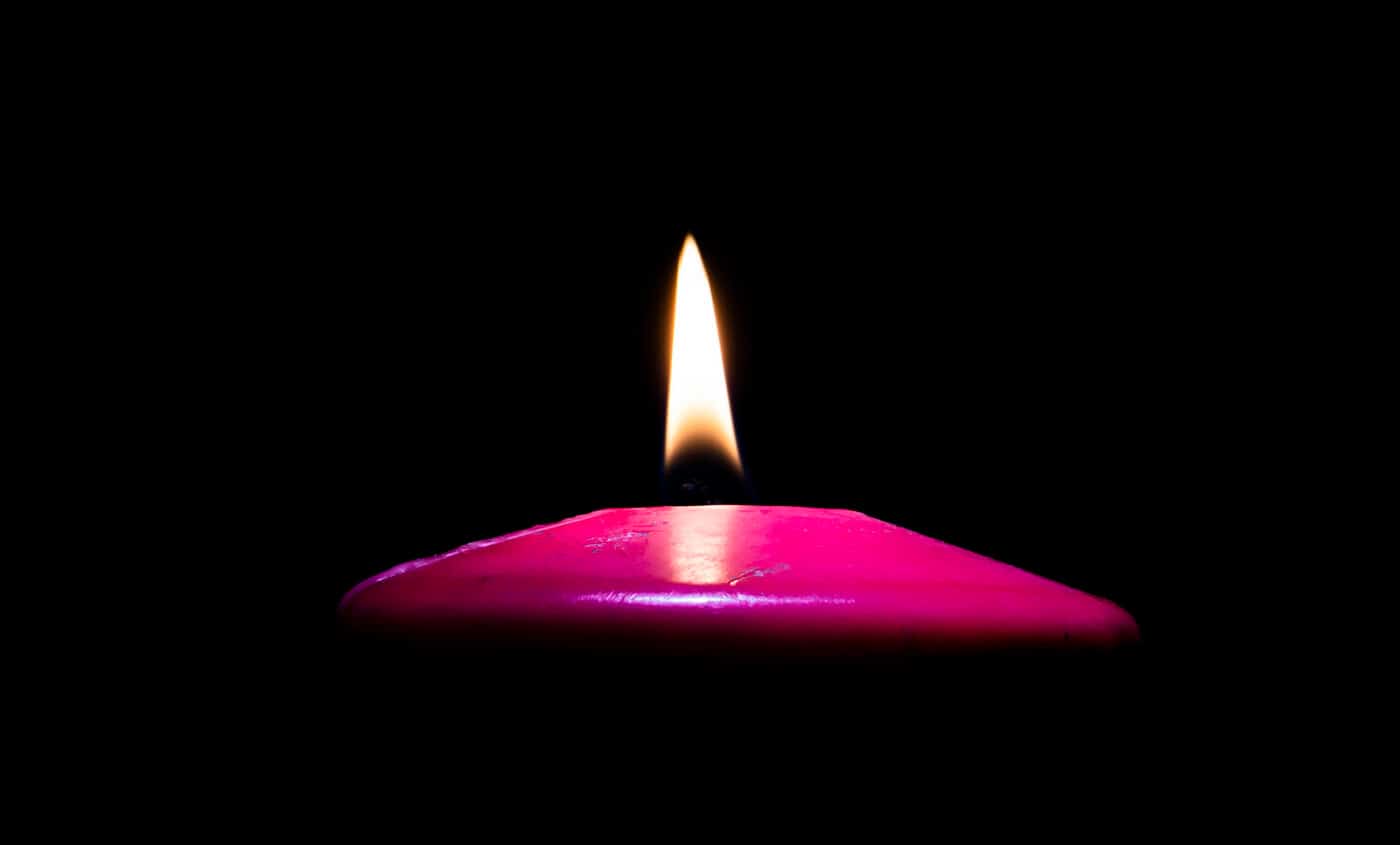
And selecting a model simply because it’s designed for first responders isn’t necessarily the ultimate solution, either. 5.11 Tactical makes versions tailored for fire, EMT, rescue, law enforcement and, of course, self-defense. Matthew Noble, the company’s lead gear designer cautions that, “Too much can be blinding. Indoor/CQB intensity is much less compared to an outdoor search and rescue style.”
Add the fact that self-defense distances are typically up close and home-invasions are confined, by definition, and it’s obvious the ideal setup isn’t always an opening-night-matinee searchlight. But how do you measure output when there’s a lens involved, reflector, distance and even LEDs of different design?
Counting Photons
Candlepower was the first standardized relative gauge of an artificial light output. Scientists in England concocted the unit of measure in 1860.
A single candlepower, by its original definition, is the amount of light produced by a 1/6-pound candle with a burn rate of 120-grains per hour. It wasn’t a wax surrounding that wick, either. It was material from the head of a sperm whale holding it upright.
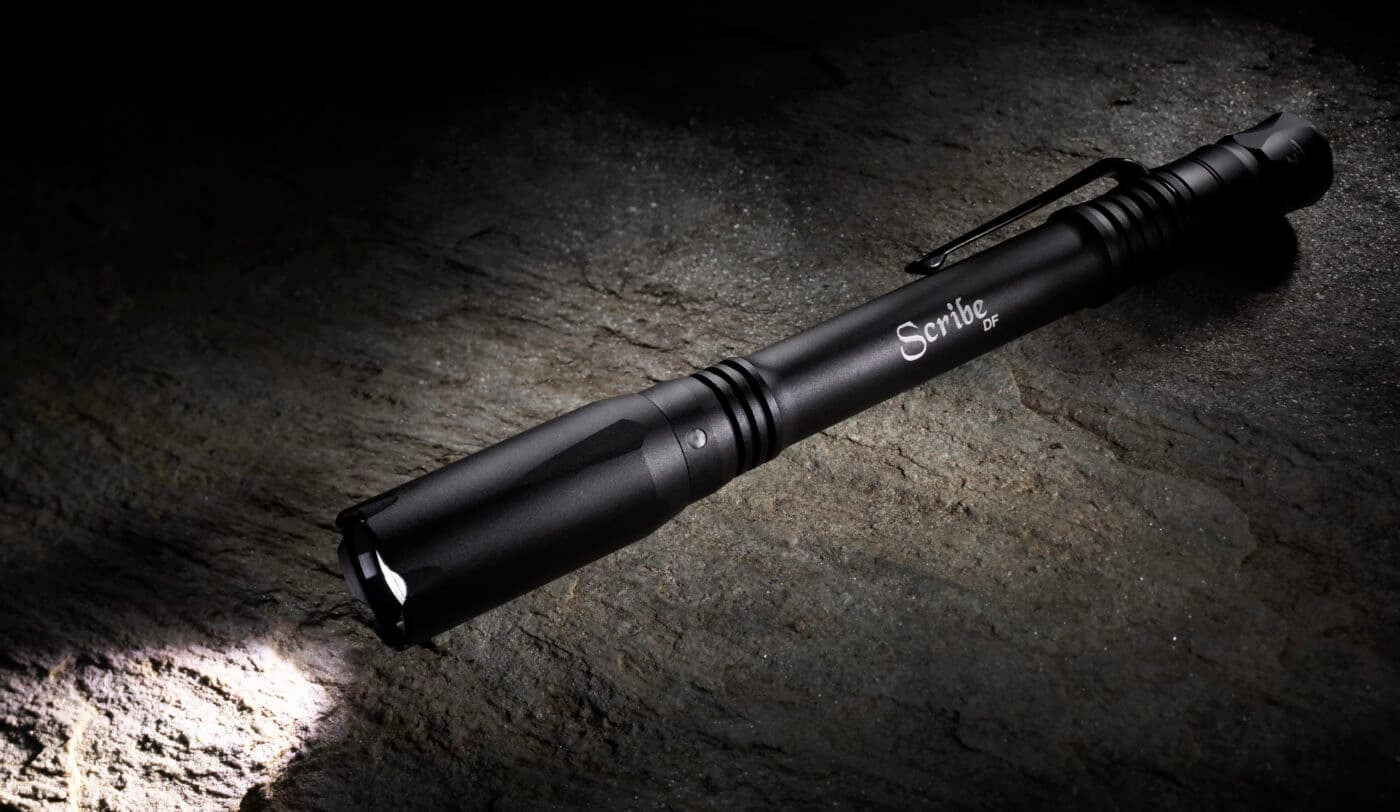
That standard of measurement changed several times since then, and in 1948 the candela replaced it. Roughly 1.1 candlepower glows as brightly as one candela — close enough for government work and it leaves labs smelling better.
Today some manufacturers still list candlepower or candela on their packaging and in marketing, but is still a viable measure for consumers? “It remains a valid measurement system, though rooted in the 19th century,” Skoogman said. “For purposes of flashlight output comparison it is not very useful today.”
Hess’ company takes a more full-disclosure approach. “I don’t think I would say that any specs should be ignored, it really depends on the needs of the user and the credibility of the manufacturer,” he explained. “If the flashlight maker is an established major brand, adhering to PLATO/ANSI FL1 standards, then a buyer can trust the claims and may find candlepower useful.”
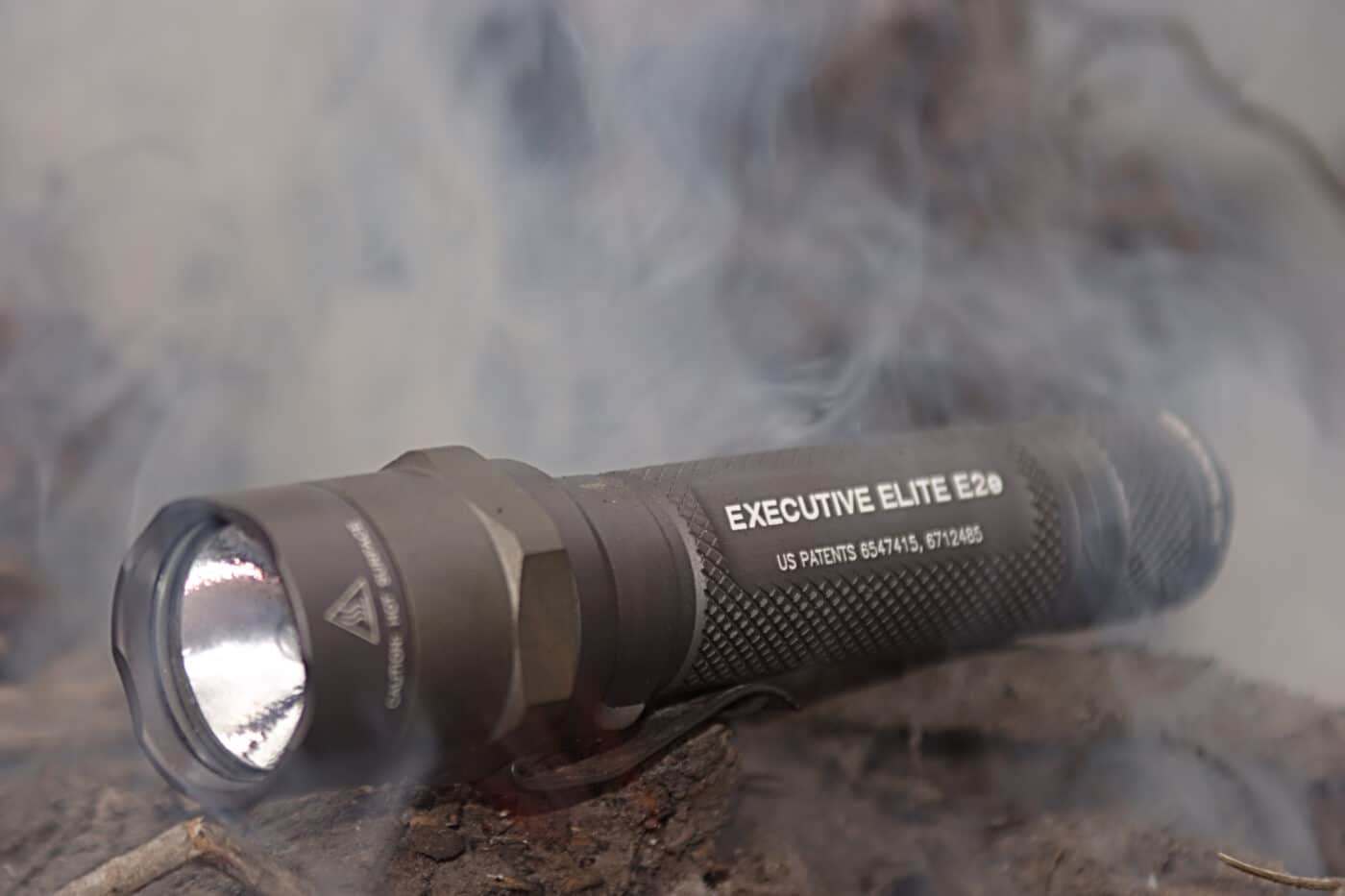
5.11 Tactical eagerly provides the measurement. “We publish candela on our spec, but to keep it simple,” Noble noted, “…lumens, run time and beam distance are your best friend.”
“Buyers should always compare and contrast peak beam intensity (candela) and other ratings on manufacturers’ packages as part of the ANSI FL-1 Standard for defining, measuring, and marking basic flashlight performance,” Taylor said. “This is the best way to ensure that a flashlight will perform as advertised.”
Lux vs. Lumen
Those photons we see as visible light are moody, acting like a wave one moment and a particle the next. They also fall victim to that inverse square law we all snoozed through in physics class. That makes the intensity at the source exponentially brighter than it is at distance and then there’s the reflectivity of the object.
The math gets dizzying, fast, but loftier minds have done the calculations. Lumens and lux lead the way.
“These are different metrics for measuring light,” according to Skoogman, who broke them down into layman’s terms. “Lux is a way to measure the amount of light falling on a surface or target over a given area. Lumens is a measure of the total amount of light leaving a source, regardless of where it falls. Flashlight manufacturers use lumens as an objective measure to compare products and give consumers some guidance.”
Taylor concurs lux isn’t an easily understood yardstick. “Lux is a proportional measurement of light output in a given area or on a particular surface — one lux is equal to one lumen per square meter. As the distance between a light source and the object of illumination increases, the overall lux decreases. Since flashlights are designed to be carried and not used in a fixed position, the term is not commonly used to discuss flashlight brightness.” He quickly added, “While a flashlight’s lumen output is a key metric to evaluate, it doesn’t tell the whole story. A lumen is a measurement of the light output at the source. This measurement is made directly at the bezel of the light. The light’s candela or peak beam intensity, on the other hand, measures its downrange ‘throw,’ and represents the brightest spot in the light’s focused beam. So, you need to focus on both measurements to evaluate overall brightness.”
Overlooked Ingredients
A sub-par lens can compromise performance and even cloud with age. The too often overlooked reflector plays another key role, and neither of the critical components get much attention.
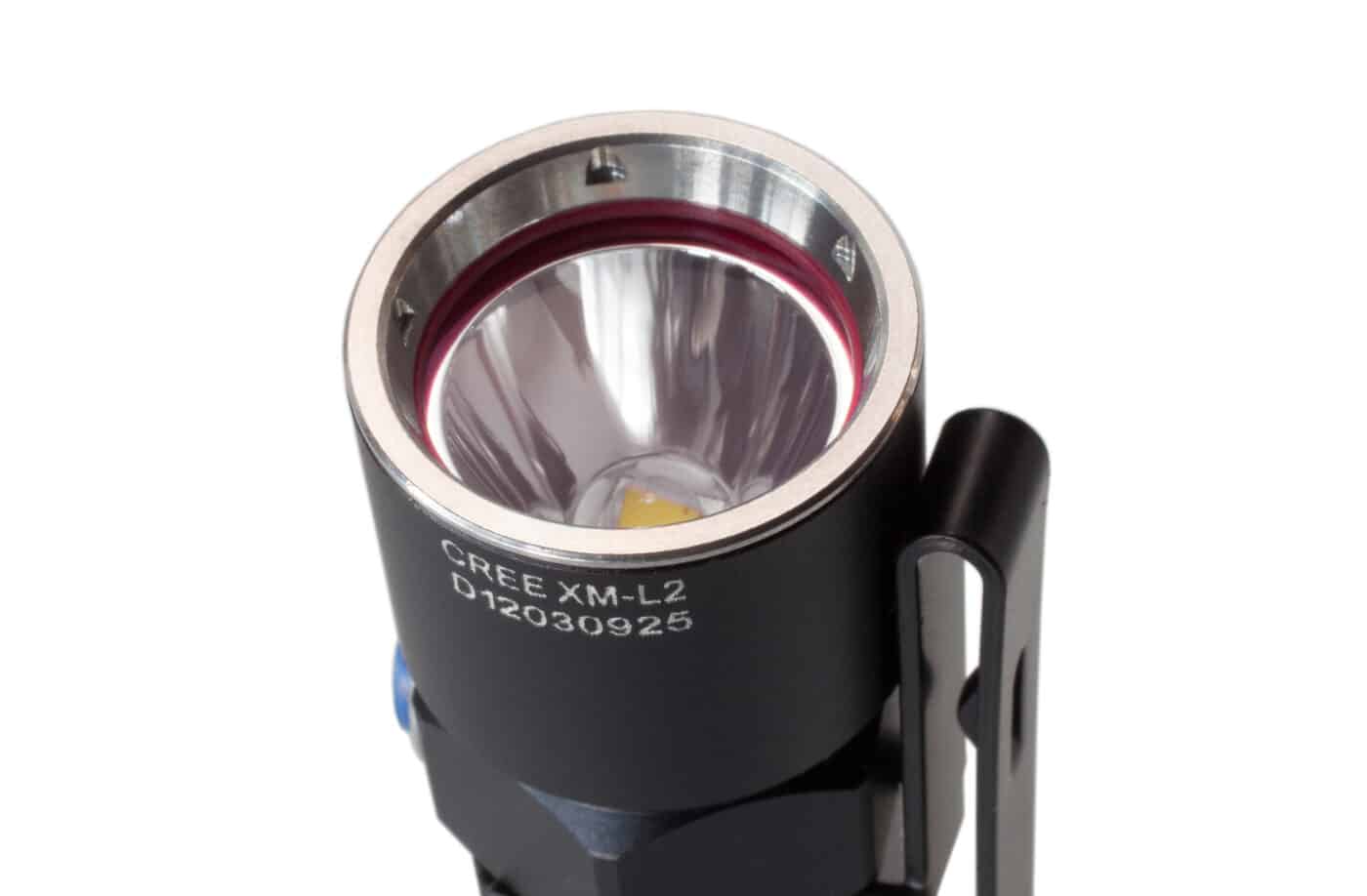
“Both are critically important to a light’s overall performance,” Taylor said. “The reflector shape and size are determining factors in the type of beam pattern and how far the usable beam will reach. Streamlight uses a variety of lens and reflectors depending on the application.”
Skoogman explained, “The geometry of the reflector — diameter, depth, etc. — determine the beam pattern…and the resulting ‘throw.’ The quality of the reflector including material choices have a significant impact on how well the light performs, including how much is lost in the process. Other optical systems that are widely used include a number of variations on the TIR optic. Total Internal Reflectance optics can be custom made to achieve the precise result the designer is looking for and can be used without the need for a reflector.”
Then there’s that burning sensation when you grip cheap LED flashlights left on too long. “Heat dissipation and metal thickness is important,” Noble noted. “Also throttling the lumens to make sure the light body isn’t too hot to handle.”
Avoiding the Snake Oil
“Sadly there are many,” Skoogman said when asked if there are companies habitually making false claims about their tactical light’s performance. “Happily not any of the major, or top-brand providers in our industry, as adoption of the FL1 Standard has been very good among major suppliers. However, in the broader market — especially in mass retail and E-comm — there are vast numbers of sellers who misreport performance claims.”
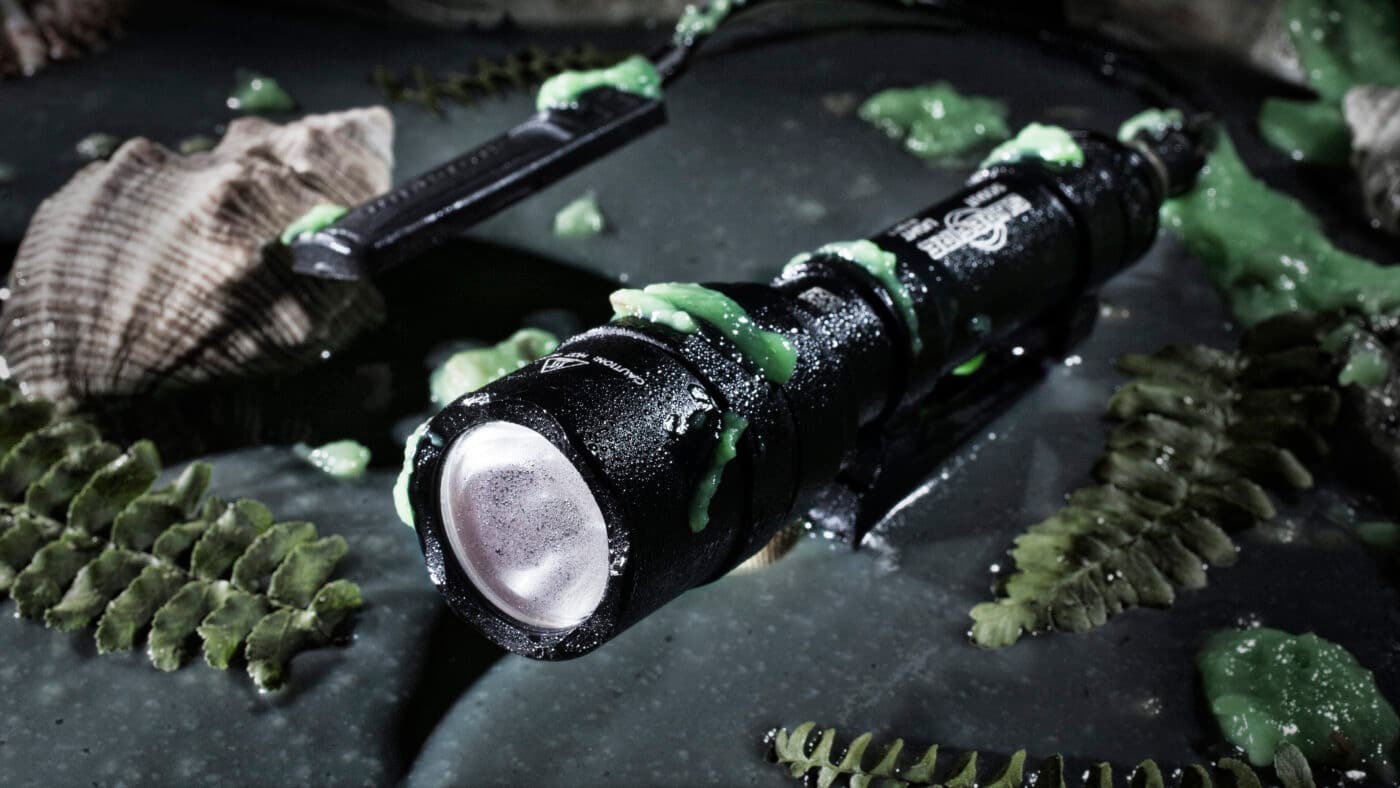
Understanding the terminology and standards is critical, along with buying tactical lights that have met ANSI/PLATO FL1 standards. They are reflected by labels and mentions on the company’s website, in marketing materials or on packaging. There is limited space on the latter, though, so don’t expect to always appear on the box. The experts offered some additional tips to remember before your next purchase.
“Consumers should be careful not to be fooled by lights that feature both extremely high lumen and long run time claims — it’s not possible to achieve both, given the limitations of battery technology,” Taylor said.
“If it sounds too good to be true, look elsewhere,” Noble added. “The lumen rating and battery quantity/type are really important.”
“Though there are certainly some value-priced flashlights of decent quality and performance, more often than not, when it comes to lights, you do generally get what you pay for,” Hess concluded. “We view flashlights as critical safety devices, and therefore urge consumers not to skimp. Reliability, durability and performance are worth investing in.”
Editor’s Note: Please be sure to check out The Armory Life Forum, where you can comment about our daily articles, as well as just talk guns and gear. Click the “Go To Forum Thread” link below to jump in and discuss this article and much more!
Join the Discussion
Continue Reading
Did you enjoy this article?

 80
80





